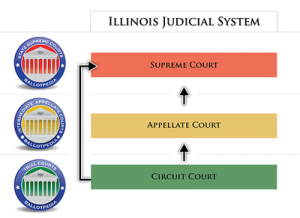Confusion still reigns with respect to the tax treatment of spousal maintenance for Illinois divorce cases. I still see other law firms discussing online spousal maintenance (support) using the old rules.
In Illinois, spousal maintenance (also known in other states as alimony) is generally not tax-deductible for the payor nor taxable income for the recipient. This change came into effect due to the Tax Cuts and Jobs Act (TCJA) of 2017, which significantly altered the tax treatment of spousal support (maintenance) nationwide.
Under the TCJA, for divorce or separation agreements executed after December 31, 2018, maintenance payments are no longer deductible by the person paying the maintenance and are not considered taxable income for the person receiving it. This change applies to federal taxes and, in most states including Illinois, state taxes follow federal guidelines on this matter.
 Illinois Divorce Lawyer Blog
Illinois Divorce Lawyer Blog


